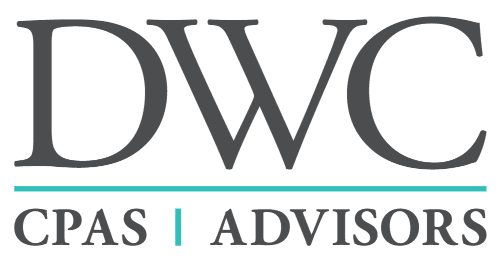 If you plan to sell your home at a profit, you may assume there won’t be a tax to pay on the sale. In most cases, this is a pretty good assumption due to the $250,000 exclusion of gain tax break on the sale of a principal residence ($500,000 exclusion for married filing joint). Even so, it’s important to understand the home sale exclusion rules prior to a sale to ensure you qualify or not.
If you plan to sell your home at a profit, you may assume there won’t be a tax to pay on the sale. In most cases, this is a pretty good assumption due to the $250,000 exclusion of gain tax break on the sale of a principal residence ($500,000 exclusion for married filing joint). Even so, it’s important to understand the home sale exclusion rules prior to a sale to ensure you qualify or not.
The first step is to understand how to compute your gain on sale. The difference between the selling price and your cost basis is the gain or loss. The cost basis consists of two basic categories: the cost and expenses incurred at the time you purchased your home and those made for improvements that materially add to your home’s value or prolong its life. Just making the expenditures is not enough. You must keep receipts, canceled checks or other proof.
The second step is to determine if a gain creates taxable income or if it qualifies for exclusion from income tax. For this we look to the IRS rules in code section 121 which say if the taxpayer has owned and used a residence as the taxpayer’s principal residence for two years (the two years do not have to be consecutive) or more out of the five-year window ending on the date of sale, they may exclude up to $500,000 of gain for a married couple and $250,000 for a single filer. Furthermore, the taxpayer cannot have used the exclusion on another sale during the two years before the sale.
NOTE: Congress is currently reviewing a proposed tax bill for tax reform which includes modifications to the current rules for home sale exclusion. The proposed bill would change the rules to require own and use of residence for 5 out of previous 8 years (rather than the current 2 of 5 years), allow taxpayers to only use the exclusion once every 5 years (rather than every 2 years). In addition, the bill proposes limitations on the exclusion for high income individuals.
Taxpayers who do not meet the two year ownership and use tests or who have used the exclusion more than once in a two year period, may qualify for a reduced exclusion. Reduced exclusions are only available if the main reason the home was sold was due to either a change in place of employment, health issues, or an event considered an unforeseen circumstance. For each of these exceptions there are specific safe harbor requirements to determine if they qualify and if so, how to compute the reduced gain exclusion.
When a home is used as a personal residence and also for business or to produce rental income, the tax treatment of any gain on the sale will depend on whether the business/rental portions of the property are within the same dwelling unit or not. For instance, if you have a home office inside your house, it’s not necessary to allocate gain on the sale of the property between the business part of the property and the part used as a home. However, the gain exclusion does not apply to any depreciation allowed or allowable for periods after May 6, 1997. So, gain attributable to depreciation deductions are subject to be recaptured as income.
Conversely, if your home office is a separate structure from your home, such as in a free-standing garage or a guest house, you would be treated as having sold two separate properties for purposes of using the home sale gain exclusion: a personal residence and a business building. The profit you realize on the sale of your home would be entitled to the $250,000/$500,000 exclusion, but any profit you realize on the sale of the business part of your property would be taxed.
If the home had a period of nonqualified use – the gain attributable to the period of nonqualified use may be taxable. Nonqualified use is considered any time after 2008 that the taxpayer or spouse does not use the home as their principal residence. This can occur when converting a vacation or a rental property to a personal residence. There are some exceptions to these rules such as temporary absences due to employment, health, or other unforeseen circumstances.
On the other hand, converting a principal residence to a rental or a vacation home will not create a period of nonqualified use because periods after the last time the home was used as a principal residence are not counted. However, the exclusion will only be available if the taxpayer has used the home two out of five years before sale – so waiting too long to sell after conversion to a rental can prevent a taxpayer from excluding the gain. In addition, any depreciation claimed after May 6, 1997 will have to be recaptured as income.
As you can see, these rules can get complicated, it may be wise to seek the advice of a professional. With a bit of guidance and planning before a sale you can have a better chance at saving additional income tax.
Sarah Fischer, CPA,is a tax manager with Dalby Wendland’s Grand Junction office. She specializes in tax planning and preparation services for individuals and private companies in several industries, including auto dealerships, construction, manufacturing, and medical practices. She is a member of American Institute of CPAs, Colorado Society of CPAs, and local nonprofit Junior Service League.


